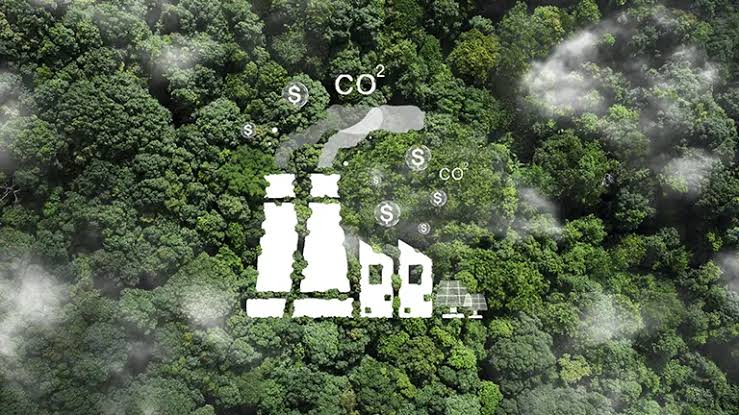UN body sets new standards for carbon crediting under Paris deal
By Chemtai Kirui
BONN, May 2025 – A United Nations climate body has adopted new rules on how projects must measure and verify emissions reductions under a global carbon credit system established by the Paris Agreement.
The carbon credit system allows countries or companies to offset emissions by financing verified climate projects elsewhere.
The Supervisory Body for the Paris Agreement Crediting Mechanism agreed on standards for calculating baseline emissions and accounting for so-called ‘leakage’— unintended emissions increases that may result from a project.
Under the new rules, project baselines — estimates of emissions that would occur without the project — must start at least 10% below business-as-usual levels, with a mandatory minimum annual 1% reduction.
The aim is to avoid over-crediting and align the mechanism with global climate goals.
The leakage rule clarifies that land-based activities, including REDD+ forest protection projects — which generate carbon credits by preserving or restoring forests — must be incorporated into a host country’s national strategy to qualify for credits.
“These are foundational decisions,” said Martin Hession, chair of the Supervisory Body. “We’re now in a position to support countries in implementing high-integrity crediting systems aligned with net-zero goals.”
The body also adopted a decision on transitioning older cookstove projects from a previous crediting system, requiring them to use the latest available data.
Experts say the decisions mark a key milestone in operationalizing Article 6.4 of the Paris Agreement, which is designed to help countries and companies finance verified emissions reductions abroad.
The first methodologies under the new mechanism are expected to be approved by the end of the year.
However, the body warned that slower-than-expected transitions from the older Clean Development Mechanism, a system set up under the Kyoto Protocol to allow emission reduction projects in developing countries, may delay funding inflows until a new pipeline of projects begins in 2026.
The mechanism is intended to facilitate cross-border emissions reductions, particularly between developed and developing countries.




